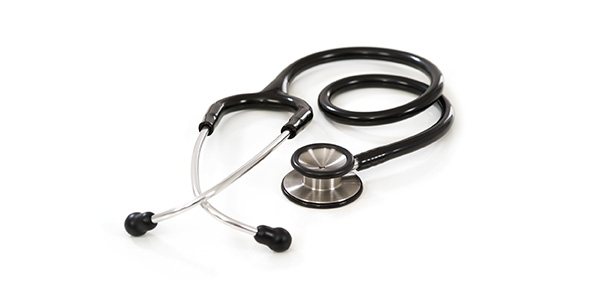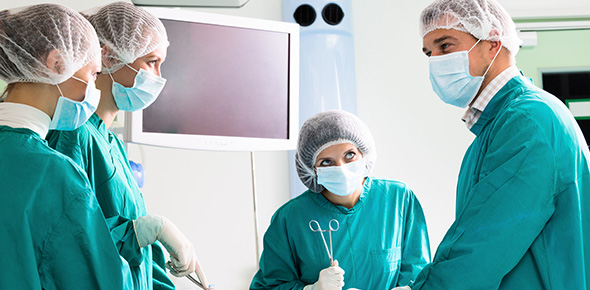Related Flashcards
Related Topics
Cards In This Set
| Front | Back |
|
Portal tracts
|
Aka portal triadislands in CT septa w/ branches of hepatic artery, portal vein, bile duct, lymphatic and occasionally nerve
|
|
Description of parenchymal cells of the liver
|
Hepatocytes: large polyhedral cells with central (possibly binucleate) nuclei arranged in anastomosing sheets called muralia
|
|
Junctions b/w hepatocytes of muralia
|
Modified tight junctions: only have zonula occludens and macula adherens
|
|
Space b/w muralia
|
Sinusoids (discontinuous capillaries which have discontinuous endothelium and no true basal lamina)
|
|
Kupffer cells
|
Phagocytic cells in the endothelial lining and bulging into the lumen of sinusoids
|
|
Space of Disse
|
Small space b/w hepatocytes and endothelium where hepatocytes take up nutrients and release proteins (ENDOCRINE!)
|
|
Hepatic stellate cells
|
Ito or fat-storing cells scattered throughout the sinusoids w/ vitamin A-rich lipid deposits
|
|
Blood flow through the liver
|
Enters at porta hepatis via hepatic artery and portal vein --> sinusoids --> central veins --> hepatic vein --> IVC
|
|
Composition of blood in the liver sinusoids
|
20-30% oxygenated blood from hepatic artery70-80% nutrient rich blood from portal vein
|
|
Fluid in the space of Disse
|
Liver lymph
|
|
Some functions of hepatocytes
|
Produce serum proteinsuptake chylomicronscontrol blood glucosedetoxform bile and bile pigments
|
|
Exocrine secretory product of the liver
|
Bile
|
|
Bile canaliculus
|
Small lumen in the junction b/w two hepatocytes
|
|
Path of bile flow through the liver
|
Secreted into canaliculi --> muralia --> Canals of Herring (duct w/ duct cells and hepatocytes) --> pre-ductules (all duct cells) --> small bile ducts in portal tracts --> two main bile ducts --> hepatic duct + cystic duct --> common bile duct
|
|
Change in duct epithelium in bile flow path
|
Low cuboidal to tall columnar
|






